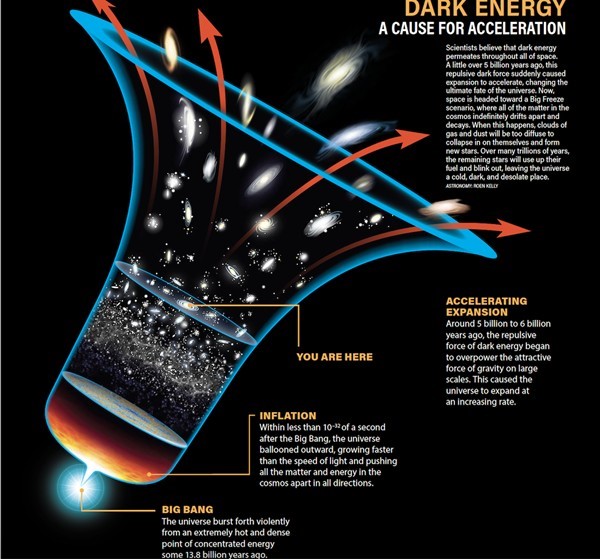Indian Study Explains Dark Matter Deficit Mystery
Why in the News ?
Astronomers at the Indian Institute of Astrophysics have proposed a model to explain the unusual lack of dark matter in galaxy NGC 1052-DF2, challenging existing galaxy formation theories and offering new insights into the structure of the universe.
Galaxy Defies Standard Dark Matter Models:
- NGC 1052-DF2, an ultra-diffuse galaxy, shows a striking deficiency in dark matter.
- Earlier estimates found its total mass to be about 340 million solar masses, closely matching its stellar mass of 200 million, leaving little room for dark matter.
- This contradicts the accepted model where galaxies are believed to require dark matter for structure and stability.
Indian Research Offers Fresh Perspective
- Aditya of the Indian Institute of Astrophysics used stellar density-based models to analyze the galaxy’s mass.
- His findings, published in Astronomy & Astrophysics, suggest that mass models with a “cuspy” dark matter halo (denser at the center) produce similar results as models with no dark matter.
- This questions existing understanding of galaxy formation and dark matter distribution.
Implications for Astrophysics and Cosmology
- The research raises critical questions about how galaxies with minimal dark matter form and evolve.
- It also urges a re-evaluation of dark matter’s role in cosmic structure formation.
- The findings may guide future studies on the nature and behavior of dark matter, a still mysterious component of the universe.
Dark Matter & Dark Energy :Dark Matter●Hypothetical non-baryonic matter that doesn’t interact with light or EM radiation. Dark Energy:●Hypothetical energy responsible for the accelerated expansion of the universe. Key Differences:
|




